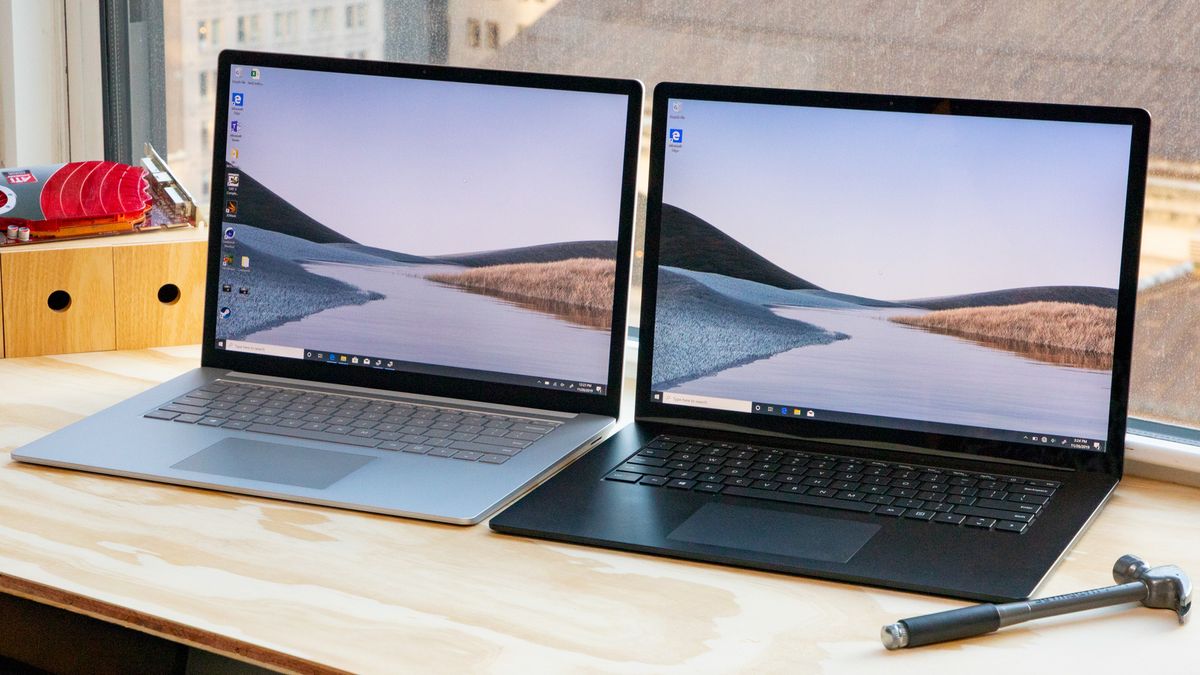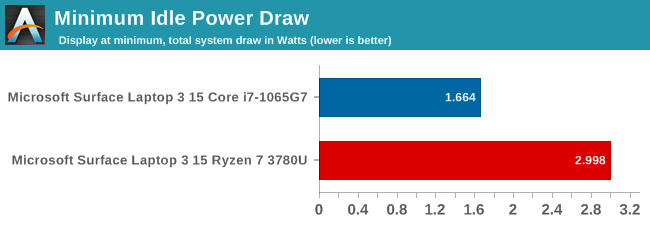RetroZombie
Senior member
- Nov 5, 2019
- 464
- 386
- 96
I expect Renoir to be quad core. Until the CCX grows to 8 in Zen 3, I don't see AMD going past 4 cores.
If Amd was smart, I expect an complete SOC like RR but with the ability to connect one chiplet to it.
They need to have high end APUs for the mobile, all-in-one systems and desktop.
If they really want to increase their apus margins, because with R3-3200G and R5-3400G (and respective mobile versions) they are going no where.
With 4C SOC + 1 chiplet they would get:
| SOC with CCX0 | CHIPLET CCX1 | CHIPLET CCX2 | TOTAL # CORES |
| 4C | n/a | n/a | 4C |
| 4C | 4C | 0C | 8C |
| 4C | 4C | 4C | 12C |
| 3C | 3C | 0C | 6C |
With 8C SOC they would get:
| SOC CCX0+1 | CHIPLET CCX2 | CHIPLET CCX3 | TOTAL # CORES |
| 4C+4C | n/a | n/a | 8C |
| 4C+4C | 4C | 0C | 12C |
| 4C+4C | 4C | 4C | 16C |
| 3C+3C | 3C | 3C | 12C (alt) |
| 2C+2C | 2C | 2C | 8C (alt) |
| 3C+3C | n/a | n/a | 6C |
| 2C+2C | n/a | n/a | 4C |





